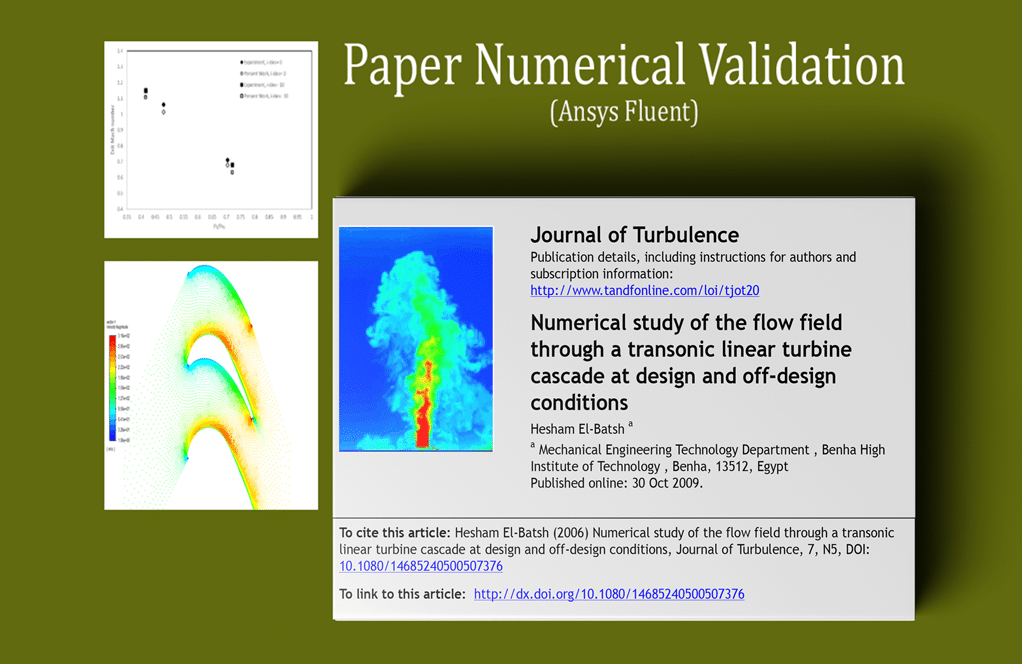Dynamic Stability Derivatives Concepts in ANSYS Fluent
Free
- Appliances of CFD in flight dynamics
- Cmα derivative
- Cnβ derivative
- Clq derivative
To Order Your Project or benefit from a CFD consultation, contact our experts via email (info@mr-cfd.com), online support tab, or WhatsApp at +44 7443 197273.
There are some Free Products to check our service quality.
If you want the training video in another language instead of English, ask it via info@mr-cfd.com after you buy the product.
Description
Computational Fluid Dynamics (CFD) is a powerful tool that has found numerous applications in the field of flight dynamics. One important area where CFD has proven to be particularly useful is in the analysis of dynamic stability derivatives. In this lesson, we will explore some of the key concepts related to dynamic stability derivatives in ANSYS Fluent software.
-
Appliances of CFD in flight dynamics
Aerospace engineers rely heavily on CFD simulations to learn more about how airplanes handle the air. By studying how air moves around an airplane, engineers may learn important details about the plane’s performance and fine-tune the design for maximum efficiency. Dynamic stability derivatives play a crucial role in the performance of airplanes by improving their stability.
-
Cmα derivative
The pitch stability of an airplane may be quantified using the Cm derivative. It explains how the pitching moment changes in relation to the angle of attack. Stability in pitch is indicated by a positive Cm value, whereas instability is shown by a negative one.
By using CFD simulations to calculate Cmα, engineers can optimize the design of the aircraft to ensure that it is stable in flight.
-
Cnβ derivative
A plane’s yaw stability may be quantified using the Cn derivative. It explains how the yawing moment changes in response to alterations in the sideslip angle. If the value of Cn is positive, the aircraft is stable in yaw; if it is negative, it is unstable.
By using CFD simulations to calculate Cnβ, engineers can optimize the design of the aircraft to ensure that it is stable in flight.
-
Clq derivative
The Clq derivative is a measure of the stability of an aircraft in the roll. It describes the change in the rolling moment with respect to changes in pitch rate. A positive Clq value indicates that the aircraft is stable in roll, while a negative value indicates that it is unstable.
By using CFD simulations to calculate Clq, engineers can optimize the design of the aircraft to ensure that it is stable in flight.
In conclusion, computational fluid dynamics (CFD) simulations are an effective tool for enhancing aircraft design via the examination of dynamic stability derivatives. Engineers can verify that planes are safe and efficient in the air by computing these derivatives using ANSYS Fluent.




Reviews
There are no reviews yet.